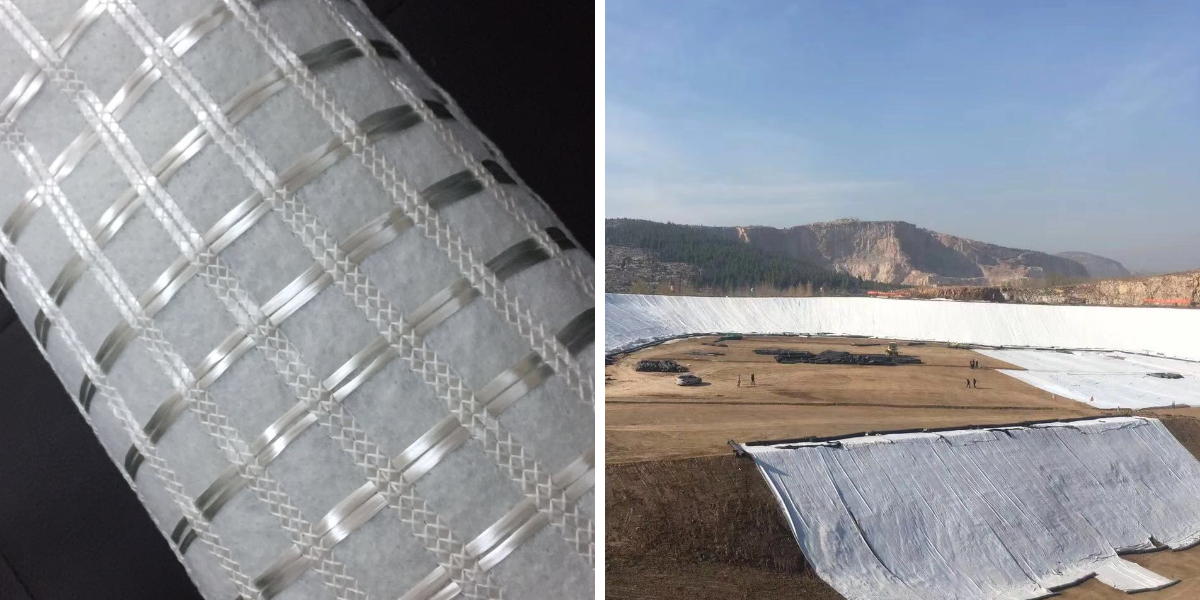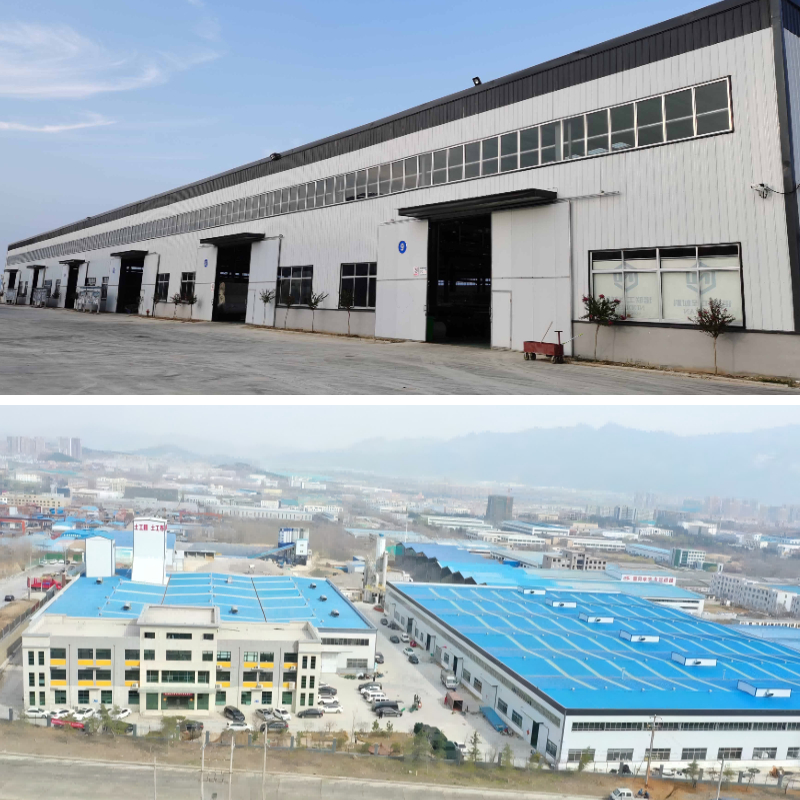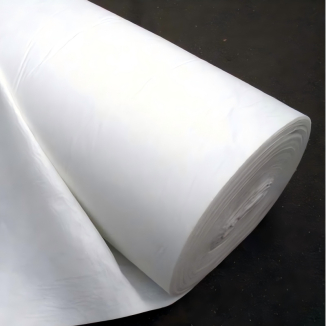The Contractor's Secret: Stabilizing Gravel Driveways with Geofabric
For many homeowners, a gravel driveway is an less expensive and beautiful choice. However, it regularly comes with a persistent, irritating problem: the regular want for preservation and regrading as the gravel sinks, shifts, and types ruts. What if there was once a way to construct a gravel driveway that lasts for years with minimal upkeep? There is, and expert contractors have been the usage of this approach for decades. The secret lies under the surface: a layer of geotextile material for driveway projects.
This unsung hero of panorama development is the key to remodeling a complex route into a durable, stable, and long-lasting driveway. This article will unveil the thriller at the back of this cloth and give an explanation for exactly how it creates a everlasting answer to your gravel driveway woes.
Why Your Gravel Driveway Fails: The Problem of Mixing Soils
efore we dive into the solution, it is quintessential to apprehend the core problem. A wellknown gravel driveway is frequently constructed via absolutely dumping gravel at once onto the native soil. This creates an instant and ongoing structural issue.
When the native subsoil (the floor below your driveway) receives wet, it turns gentle and malleable. The weight of cars pushes the sharp gravel stones down into this gentle mud. Over time, this process, recognized as "contamination," reasons the whole gravel layer to sink. The gravel and soil combine into a weak, unstable compound that can no longer top drain water. This leads to potholes, ruts, and a floor that in no way looks to continue to be smooth.
This is the cycle of frustration: you add greater gravel, it sinks again, and you repeat the procedure 12 months after year. The answer is to forestall this mixing from ever happening, and that’s the principal position of a geotextile cloth.
What is Geotextile Fabric? The Miracle Layer Explained
Geotextile fabric is a permeable artificial material, engineered in particular for civil and environmental applications. Think of it as a tremendously strong, durable, and water-permeable blanket for your ground. It is now not the equal as plastic sheeting or weed barrier; these substances are designed for different, much less annoying purposes.
For driveway stabilization, you want a robust, non-woven geotextile material below gravel. This kind is normally felt-like in texture and is designed for two quintessential functions:
1. Separation: It creates a permanent, physical barrier between the tender native subsoil and the clean, structural gravel layer above. It prevents the gravel from pushing down and the soil from mixing up, preserving the integrity and thickness of your gravel base.
2. Stabilization: By distributing the load from automobile tires over a wider area, the geotextile cloth drastically reduces rutting and sinking. It acts as a reinforcement grid, giving the whole driveway shape greater tensile strength.
Using the right geotextile material for driveway development is what separates a brief restore from a permanent, professional-grade installation.
The Multifaceted Benefits of Using a Geotextile Cloth
Investing in a layer of geotextile material beneath gravel will pay for itself many instances over via a host of brief and long-term benefits.
Dramatically Reduced Maintenance
This is the most substantial gain for any homeowner. By stopping gravel loss and soil contamination, the floor stays secure and stage for years. You will spend a long way much less time and cash on regrading and topping up with new gravel. The preliminary effort of putting in a geotextile cloth saves endless hours of future maintenance.
Superior Load-Bearing and Stability
Whether it’s a household sedan or a shipping truck, the weight of motors is allotted evenly throughout the geotextile fabric. This prevents the focused strain factors that purpose ruts and potholes. The driveway will become superior and greater resilient, succesful of managing visitors except deforming.
Improved Drainage and Erosion Control
A non-woven geotextile material for driveway tasks lets in water to omit thru it freely whilst trapping soil particles. This ability rainwater can drain down thru the gravel and fabric, away from the surface, as a substitute of pooling on pinnacle or turning the subsoil into mud. Proper drainage is the enemy of potholes and frost heave, making your driveway extra dependable in all climate conditions.
Effective Weed Suppression
While now not its essential purpose, a dense geotextile cloth acts as an incredible bodily barrier in opposition to weeds. It blocks daylight and makes it tough for weeds to penetrate from the soil below. While some decided weeds may additionally nevertheless locate a way via the gravel layer above, their increase will be severely inhibited in contrast to a driveway except this barrier.
How to Install Geotextile Fabric Under Gravel: A Step-by-Step Guide
Proper set up is key to unlocking the full doable of this material. Here is a contractor-approved system for putting in geotextile cloth below gravel.
Step 1: Site Excavation and Preparation
Begin by means of marking the boundaries of your driveway. Excavate the region to a depth of at least 8-12 inches to accommodate each the cloth and a extensive gravel base. Remove all vegetation, roots, and massive rocks. The intention is to create a flat, barely topped (higher in the center) floor to promote water runoff. Compact the uncovered soil totally with a plate compactor.
Step 2: Laying the Geotextile Fabric for Driveway Stability
Roll out the geotextile cloth throughout the complete excavated area. Allow for a moderate overlap at the seams of at least 6-12 inches to make sure non-stop coverage. The material must run proper up to the edges of your excavated trench. Do no longer stretch it tightly; it ought to lie flat and easy towards the soil. On curves, you can also want to make remedy cuts to enable it to lay properly.
Step 3: Adding and Compacting the Gravel
Now, you can start setting your gravel at once on pinnacle of the geotextile fabric. It is fundamental to use the proper kind of gravel—often referred to as "crushed stone" or "crusher run." This gravel has sharp, angular edges that lock together when compacted, forming a solid, steady surface. Avoid spherical stones like pea gravel, as they roll and shift too easily.
Spread the gravel in layers, or "lifts." Place an preliminary 4-inch layer and compact it thoroughly. Then, add the ultimate layer to your preferred depth and compact it again. The geotextile cloth beneath gravel prevents the first layer of stone from disappearing into the mud, permitting you to obtain a proper, stable compaction.
Common Mistakes to Avoid for a Lasting Driveway
Even with the proper materials, small blunders can compromise your project.
Using the Wrong Fabric: Do no longer use panorama plastic or skinny woven weed block as a alternative for a non-woven geotextile cloth. They are now not designed for stabilization and will fail beneath the weight and stress.
Skipping Compaction: Failing to compact each the soil and the gravel layers is a recipe for untimely settling. Compaction is non-negotiable for a secure base.
Insufficient Gravel Depth: A layer of gravel that is too skinny will now not furnish a steady riding surface, even with the fabric. A complete depth of 6-8 inches after compaction is a proper minimal target.
Conclusion: Build Smarter, Not Harder
The cycle of continuously repairing a sinking, rutted gravel driveway is a hassle you no longer have to accept. The contractor's secret is out: a strong geotextile material for driveway balance is the foundational factor that makes all the difference. It is a simple, cost-effective, and fantastically effective answer that leverages engineering concepts to create a driveway that stands the check of time.
By selecting to installation a geotextile cloth beneath gravel, you are no longer simply laying down stone; you are constructing a sophisticated, layered system. You are investing in a future with much less maintenance, a greater stunning property, and a dependable floor you can matter on for years to come. Break the cycle of gravel alternative and construct your driveway the clever way, simply like the execs do.
Contact Us
Company Name: Shandong Chuangwei New Materials Co., LTD
Contact Person :Jaden Sylvan
Contact Number :+86 19305485668
WhatsApp:+86 19305485668
Enterprise Email: cggeosynthetics@gmail.com
Enterprise Address: Entrepreneurship Park, Dayue District, Tai 'an City,
Shandong Province








